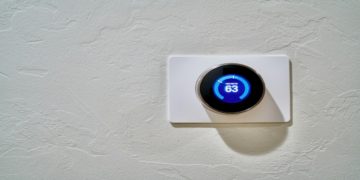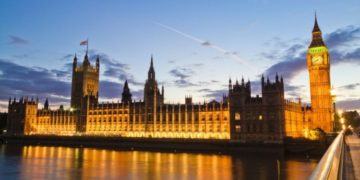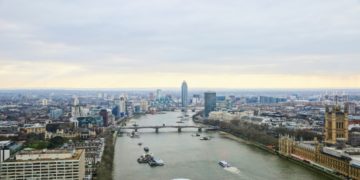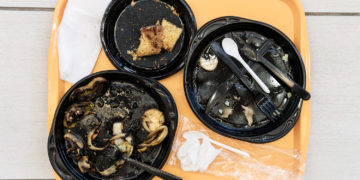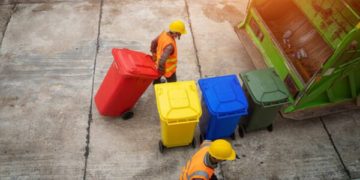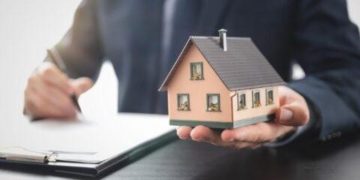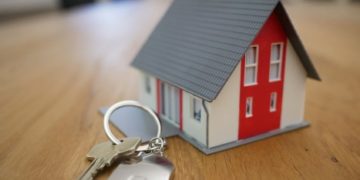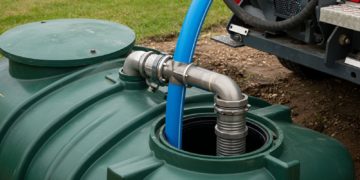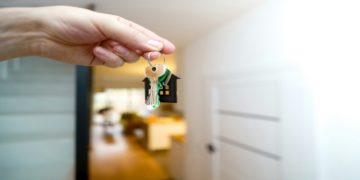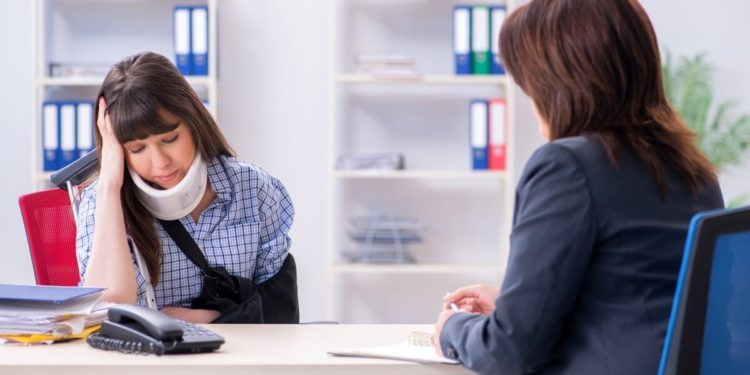Shared properties, like apartment complexes, duplexes, and communal spaces in neighborhoods, often blur the lines of responsibility when it comes to safety. While these spaces are meant to provide convenience and functionality, they can also become the site of unexpected accidents. When an injury occurs on shared property, determining liability can be complicated, particularly if negligence is involved. Understanding who is responsible—whether it’s the property owner, a neighbor, or a management company—is critical for recovering damages and dealing with safety concerns.
Injury cases on shared property often stem from hazards like poorly maintained walkways, unsecured pets, or blocked access to emergency exits. While the property owner typically holds primary responsibility for maintaining safe conditions, neighbors can sometimes contribute to unsafe environments. Recognizing the specific circumstances of your injury is essential in determining who should be held accountable.
Hazards on Shared Property
Shared properties present unique risks because multiple individuals or groups contribute to how the space is used and maintained. Common hazards include icy sidewalks that haven’t been salted, loose handrails on shared staircases, and clutter blocking walkways. In many cases, these issues arise from neglect or a lack of communication between property owners, neighbors, and tenants.
If a neighbor’s actions directly cause or worsen a hazard, such as failing to secure construction debris in a shared yard, they may share liability for any resulting injuries. The shared nature of these spaces makes it critical for all parties to prioritize safety and address potential dangers promptly. When negligence occurs, understanding the division of responsibility is crucial.
Responsibilities of Property Owners in Creating Safe Spaces
Property owners have a duty to maintain safe environments and address potential hazards. Here are their primary responsibilities:
- Routine Inspections- Regularly inspecting shared spaces ensures hazards like broken steps, loose railings, or faulty lighting are identified promptly.
- Timely Repairs- Property owners must address known issues, such as damaged walkways or leaking pipes, in a reasonable timeframe to prevent accidents.
- Clear Communication- Warning residents or visitors about temporary dangers, like wet floors or ongoing repairs, is essential to minimize risk.
- Liability for Unaddressed Hazards- If a property owner fails to fix a known issue, such as a broken staircase, and someone is injured, they may be held liable for damages.
- Proof of Negligence- Proving negligence requires evidence that the property owner was aware of the hazard and had sufficient time to resolve it but failed to act.
If you’ve been injured due to unsafe conditions, legal assistance can help you gather evidence and build a strong case to recover compensation for your damages.
Neighbor Negligence and Shared Responsibility
While property owners typically hold the primary duty of care, neighbors who act recklessly or negligently can also contribute to unsafe conditions. For instance, if a neighbor blocks a shared walkway with heavy equipment or fails to clean up a hazardous spill, they may bear partial or full responsibility for any resulting injuries. Negligence in these scenarios extends beyond accidents caused directly on a neighbor’s property.
Holding a neighbor accountable for negligence often requires demonstrating how their actions created or exacerbated a dangerous situation. Witness testimony, photographs of the hazard, and other evidence can help establish their role in the incident. Consulting a Henderson premises liability lawyer can provide guidance on navigating these complex cases and determining liability.
Shared Property Management Companies and Liability
In many shared properties, management companies are hired to oversee maintenance and enforce safety regulations. These companies are often responsible for addressing hazards in communal areas, such as parking lots, recreation spaces, or hallways. If a management company fails to fulfill its responsibilities and an injury occurs, it may share liability with the property owner or neighbor.
For example, a management company that neglects to repair a malfunctioning security gate could be held accountable if the hazard leads to an injury. Proving the company’s negligence typically involves reviewing maintenance records, contracts, and communication logs. Identifying all parties responsible ensures that liability is fairly distributed and victims receive adequate compensation.
What to Do After an Injury on Shared Property
If you’re injured on shared property, taking immediate action can strengthen your claim and ensure your safety. First, seek medical attention to address your injuries and document their severity. Next, report the incident to the property owner, management company, or landlord to create a formal record of the event. Keep copies of any correspondence for your records.
Gather evidence from the scene, including photographs of the hazard, witness statements, and any relevant maintenance records. These materials can help establish negligence and identify who is responsible. Consulting an experienced attorney can provide clarity on the next steps and protect your rights throughout the process.
Legal Options for Victims of Shared Property Injuries
Injury cases involving shared property often require identifying multiple liable parties. Victims can pursue compensation for medical expenses, lost income, and pain and suffering from those responsible for the hazard. Whether the fault lies with the property owner, a negligent neighbor, or a management company, legal claims aim to hold the right parties accountable.
An attorney can help you navigate the complexities of these cases, including proving negligence, negotiating settlements, or representing you in court. For victims dealing with financial and physical challenges, pursuing legal action ensures that their recovery is supported. Holding negligent parties accountable also encourages safer practices within shared properties.
Encouraging Safer Shared Spaces
Accidents on shared property highlight the importance of cooperation and accountability among all parties involved. Property owners, neighbors, and management companies must work together to address hazards, enforce safety policies, and maintain communal areas. Regular inspections, clear communication, and timely repairs can prevent many injuries and foster a safer environment for everyone.
For tenants and visitors, reporting hazards promptly and advocating for safer conditions contributes to long-term improvements. Awareness of potential risks and legal rights empowers individuals to take action when necessary. Creating safer shared spaces benefits everyone who uses them and reduces the likelihood of preventable injuries. Engaging in open communication with property management and fellow residents also fosters a collaborative approach to safety, helping to address concerns effectively and efficiently.





